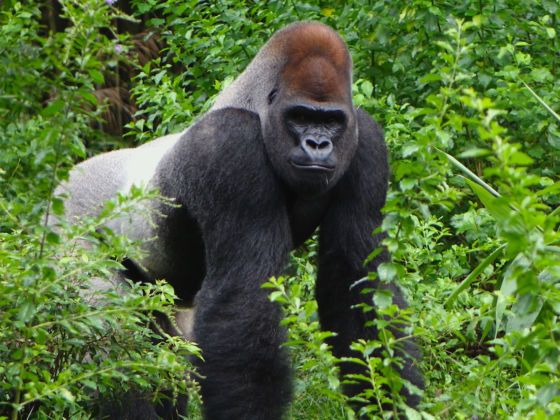I LOVE ZOOS. I’ve been going to them since I was a child. They were exotic little pockets of life in the middle of suburbia — I could drive half an hour and suddenly hear monkeys laughing, watch vampire bats swoop down to sip out of a bowl of blood, or smell the dusty, earthy musk from the elephant enclosure.
I wouldn’t have thought to question whether zoos were good or bad. I loved animals. The place to see animals was the zoo. Therefore I loved the zoo. How the animals felt about living in captivity never entered the equation. Nothing ever made me question my love for zoos — the people who hated zoos always struck me as either animal haters or part of the PETA fringe. Zoos were educational, they promoted conservation, and they got kids like me excited about what was living out in the wider world. So I never thought particularly hard about whether zoos were good or bad.
